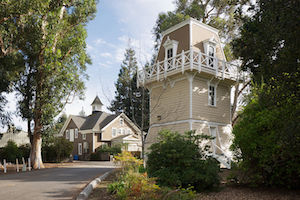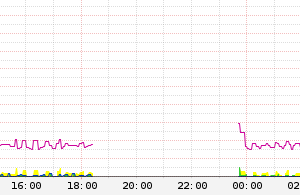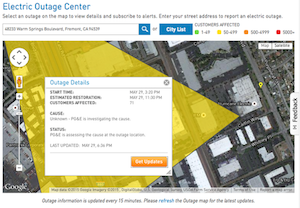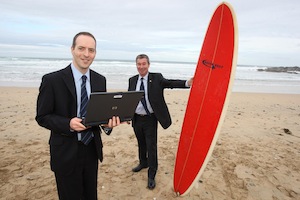Rural networks cost three times more, but are feasible says Telefonica R&D chief
![By No machine-readable author provided. Ricadito~commonswiki assumed (based on copyright claims). [GFDL (https://www.gnu.org/copyleft/fdl.html) or CC-BY-SA-3.0 (https://creativecommons.org/licenses/by-sa/3.0/)], via Wikimedia Commons](https://www.tellusventure.com/images/2017/9/amazon_village.jpg)
Higher costs, relative to the number of homes served, and lower income levels, compared to urban areas, is the fundamental business model problem that has to be solved in order to extend wireless broadband service into rural area. But it can be solved, even in some of the most extreme cases. David del Val, Telefonica’s head of research and development in Latin America, described the hurdles he’s encountered delivering Internet connectivity to remote regions, in a speech at last week’s inaugural Mobile World Congress Americas trade show in San Francisco.… More


![By Dedda71 (Own work) [GFDL (https://www.gnu.org/copyleft/fdl.html) or CC BY 3.0 (https://creativecommons.org/licenses/by/3.0)], via Wikimedia Commons](https://www.tellusventure.com/images/2017/7/chalk_outline_275.jpg)

![By No machine-readable author provided. Soman assumed (based on copyright claims). [CC BY-SA 2.5 (https://creativecommons.org/licenses/by-sa/2.5)], via Wikimedia Commons](https://www.tellusventure.com/images/2016/7/red_flag.jpg)




